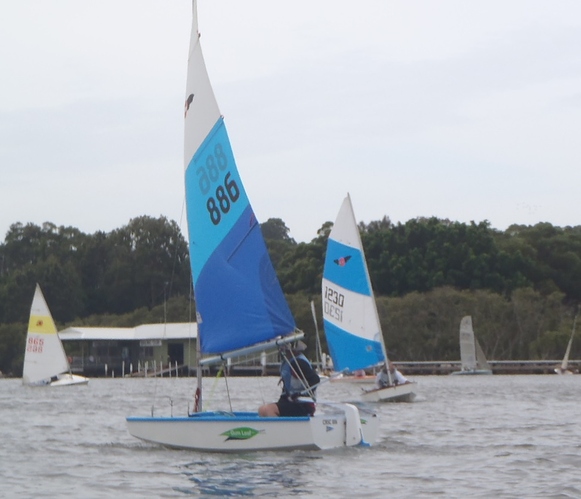In a rather lame and transparent way to bump this topic to the top to raise awareness for this kind of awesomeness, I’m going to start posting boat designs that are CNC friendly.
Here’s some pics of the frames used to build an Oppikat, by Dudley Dix. It’s a Hobie Wave style trainer for the munchkins that you can build yourself. It’s half plywood and half cedar strip to develop the curves. It’s even available in DXF for an additional charge.

The pics below are from ckdboats.blogspot.ca which is a really cool and wide-ranging blog that often times contains boat porn.
The pics are of CNC cut frames that you can order directly from them or you can make your own. I would imagine it would save hours versus cutting them on a bandsaw. One cool thing about building a catamaran is that you can build one hull at a time if space is limited.
The payload of an Oppikat is limited to one adult and one kid or two kids, but it would be a very safe and fun way to introduce a youngster to the joys of sailing.
I’ve been in touch with the designer and asked him if it could be scaled up to handle a larger payload. He said that he’d be happy to do it for $300, in addition to the cost of the plans and that would entitle me to build one boat and he’d offer the new design on his website. I’m seriously tempted as it’s a very cool design and would be fun to give strip building over frames a try.





















 There would probably have to be a separate build thread for that project.
There would probably have to be a separate build thread for that project.













